Log in
Statistics
We have 484 registered usersThe newest registered user is mark5
Our users have posted a total of 48861 messages in 7215 subjects
THAT’S ENTERTAINMENT
CLICK ON ANY OF THESE LINKS TO FIND OUR EXTREME ENTERTAINMENT
UPDATED :
71 WGT TUTORIALS & 32 YOUNG46 TUTORIALS
CLICK HERE TO SEE OVER 100 YOUTUBE VIDEO TUTORIALS . FROM WGTers , WGT & YOUNG46 FORUM UPDATE
TO THE MANY WELCOME GUESTS . THIS FORUM IS NO LONGER A COUNTRY CLUB WEBSITE FOR A WGT COUNTRY CLUB . PLEASE FEEL FREE TO READ THE FORUMS.
THERE ARE MANY TOPICS OF INTEREST . OR NOT . THIS WEBSITE IS AN INFORMATION AND ENTERTAINMENT WEBSITE ONLY .
MUCH OF THE CONTENT IS ARCHIVES OF PURPOSES PAST .
THERE ARE SOME MORE CURRENT TOPICS .
REGISTRATION IS NOT NECESSARY TO READ THROUGHOUT .
REGISTRATION IS EASY AND FREE . THIS IS AN AD FREE WEBSITE . NOTHING IS EVER REQUESTED FROM REGISTERED MEMBERS .
REGISTRATION ENABLES COMMENTING ON TOPICS . POSTING NEW TOPICS . FULL ACCESS TO THE WEBSITE IMAGE HOST . WHICH IS A VERY COMPLETE AND CONVENIENT TOOL .
PLEASE ENJOY .
TIER & AVERAGE REQUIREMENTS
BASIC LEVEL AND AVERAGE REQUIREMENTS , AND SATURATION

WHILE YOUR HERE
WHILE YOUR HERE :
CHECK OUT THE INCREDIBLE PHOTOGRAPHY IN
MY SERIES
THIS USED TO BE THE HOME OF OUR WORLD CLOCK . WHICH CAN NOW BE FOUND IN ITS OWN FORUM ON THE MAIN PAGE ..
THERE ARE MORE WORLD CLOCKS INSIDE HERE .
WORLD CLOCK
FB Like
HISTORY FACTS * Each digit of your ZIP code has a meaning *
Page 1 of 1
 HISTORY FACTS * Each digit of your ZIP code has a meaning *
HISTORY FACTS * Each digit of your ZIP code has a meaning *
For many of us, sending and receiving mail is a routine part of our daily lives. But this seemingly mundane task has quite an interesting history. Postal systems have existed for nearly as long as humans have communicated through writing. Egypt holds the distinction of pioneering the earliest documented state-sponsored postal service, which dates all the way back to 2400 BCE, with the oldest known postal document dating back to 255 BCE. Initially used by pharaohs, emperors, and kings to disseminate information across their domain, postal systems eventually broadened their scope to transmit messages among religious and educational institutions.
Advertisement
Relay stations were established along messenger routes to expedite the delivery of information across vast distances. As these systems evolved to become more efficient and inclusive, the opportunity to send messages via formal postal services was eventually made available to private individuals.
Since the earliest days of royal postal services, mail has been delivered via nearly all possible means: It’s been carried by couriers on foot, horse and wagon, mule, bicycle, train, steamboat, plane, motorcycle, and even dog sled. Here are more fascinating facts about the history of mail and how it has evolved over the centuries to keep us all connected.
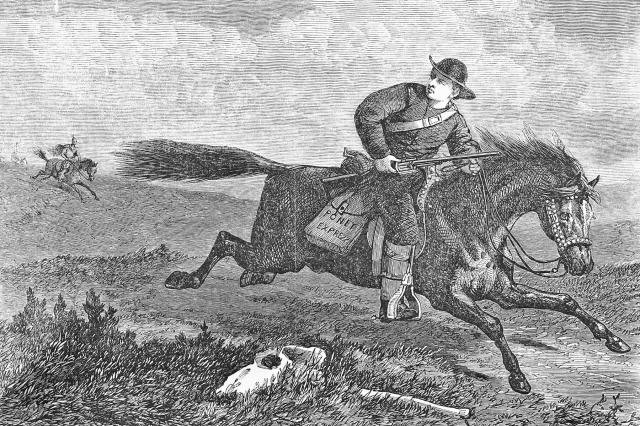
Covering more than 1,900 miles in just 10 days, the Pony Express ran between St. Joseph, Missouri, and Sacramento, California. With horse-changing stations posted at 10- to 15-mile intervals along the route, each rider was able to cover an average of 75 to 100 miles before passing the reins to the next.
However, it wasn’t long before the completion of the transcontinental telegraph system brought an end to the Pony Express. Although the equestrian delivery service looms large as an enduring symbol of the rugged American Old West, it really only ran from April 1860 to October 1861.
Advertisement
Relay stations were established along messenger routes to expedite the delivery of information across vast distances. As these systems evolved to become more efficient and inclusive, the opportunity to send messages via formal postal services was eventually made available to private individuals.
Since the earliest days of royal postal services, mail has been delivered via nearly all possible means: It’s been carried by couriers on foot, horse and wagon, mule, bicycle, train, steamboat, plane, motorcycle, and even dog sled. Here are more fascinating facts about the history of mail and how it has evolved over the centuries to keep us all connected.

Credit: Bettmann via Getty Images
The Pony Express Operated for Just 18 Months
In the 1800s, mass migration westward via the Oregon Trail, the arrival of Mormon immigrants in Utah, and the California gold rush all played a role in the need for swift and reliable mail service beyond the Rocky Mountains. The Leavenworth and Pike’s Peak Express Company, which eventually became the parent company of the Pony Express, galloped in to fulfill this need in 1859.Covering more than 1,900 miles in just 10 days, the Pony Express ran between St. Joseph, Missouri, and Sacramento, California. With horse-changing stations posted at 10- to 15-mile intervals along the route, each rider was able to cover an average of 75 to 100 miles before passing the reins to the next.
However, it wasn’t long before the completion of the transcontinental telegraph system brought an end to the Pony Express. Although the equestrian delivery service looms large as an enduring symbol of the rugged American Old West, it really only ran from April 1860 to October 1861.
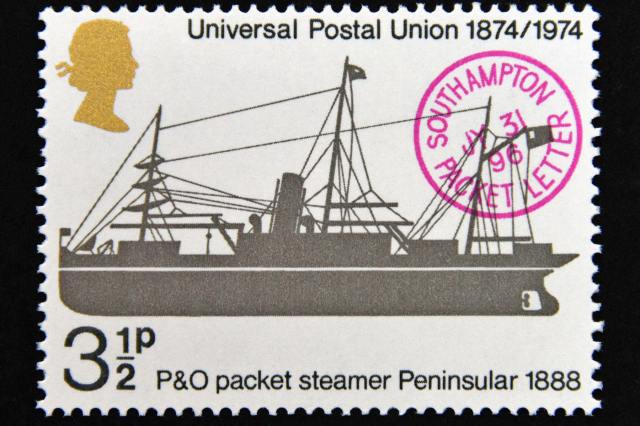
Credit: Stan Pritchard/ Alamy Stock Photo
Mail Service Went International in 1874
Headquartered in Bern, Switzerland, the General Postal Union was established when 22 countries signed the Treaty of Bern on October 9, 1874. The organization was formed with the intent of unifying the multitude of international postal services into a single postal territory and establishing regulations for international mail exchanges.
In 1878, the group’s name was changed to the Universal Postal Union to reflect its fast-growing global membership. Today, the UPU has expanded to 192 member countries and not only sets the guidelines for international mail exchanges, but also serves to advise, mediate, and act as a liaison in postal matters, making recommendations for growth and providing technical assistance as needed.
Advertisement
Advertisement
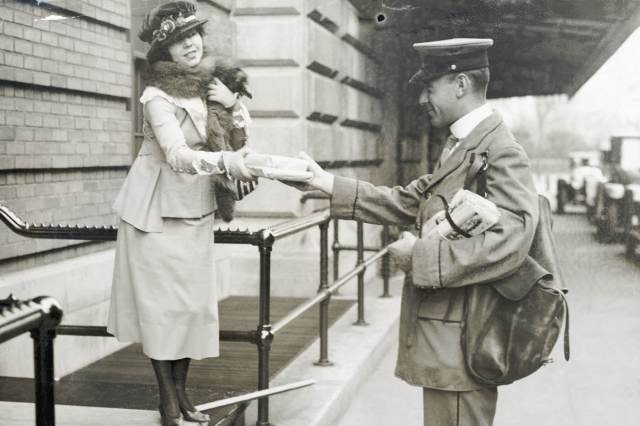
Credit: Bettmann via Getty Images
People Mailed Fruit, Eggs, and Even Children
Starting January 1, 1913, people were able to send parcels that weighed more than 4 pounds via the U.S. Post Office’s parcel post service. Prior to that, Americans had to rely on private, unregulated express companies to transport their packages.
The service was used primarily by rural farm families to ship their goods, and around 300 million parcels were mailed during the first six months of operations, spurring box manufacturers to design boxes capable of carrying the wide variety of items consumers wanted to ship. Some of these first packages included items such as apples and eggs, but other resourceful customers took advantage by “mailing” their children, because the cost of postage to have a child chaperoned to their destination by a postal worker was cheaper than a train ticket. However, only a few children were “mailed” via the postal service before the postmaster established regulations prohibiting the practice.
Related:5 Inventions That Came Out of the Great Depression
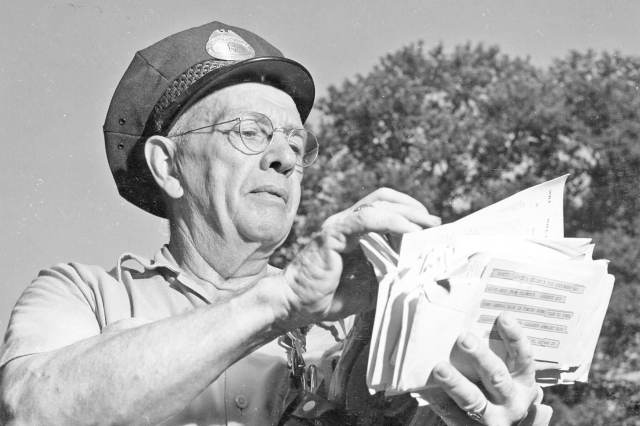
Credit: PhotoQuest/ Archive Photos via Getty Images
Each Digit of Your ZIP Code Has a Meaning
The 1963 introduction of Zone Improvement Plan (ZIP) codes in the United States aimed to streamline the mail sorting process for faster delivery. Two-digit numerical codes originated during World War II, when post offices faced staffing shortages; the first digit denoted the city, while the second denoted the state.
Those two-digit codes evolved into the five-digit ZIP codes we know today. The first digit represents a broad geographical area, from 0 in the Northeast to 9 in the West; the following two digits designate the code of a central post office facility in that region; and the last two digits represent small post offices or postal zones.
In 1983, the ZIP+4 code was introduced to further increase the precision of mail sorting by adding a hyphen and four more numbers to the five-digit ZIP code. These additional numbers serve to identify specific delivery routes that can represent houses on one side of a street or even a particular building that receives a lot of mail.
Advertisement
Advertisement

Credit: Caliphoto/ iStock
“Snail Mail” Still Isn't Obsolete — Yet
The prevalence of letter writing began to fade in the 19th and 20th centuries as the telegraph and telephone became widely available. Over the past three decades, the convenience of email, texting, and other forms of digital communication have caused another steep drop in the sending and receiving of “snail mail.” A 2021 survey found that 37% percent of Americans hadn’t written a personal letter for more than five years, while 15% of adults reported that they had never written one.
But the sending and receiving of handwritten messages continues to endure on a smaller scale; in fact, the U.S. Postal Service noted an uptick in handwritten notes and cards during the pandemic as people sought to connect during an uncertain and isolating time. In addition, volunteer organizations have used postcard-writing programs to help grassroots groups foster community and encourage people to vote.
 Similar topics
Similar topics» HISTORY FACTS * The peace symbol used to have a different meaning *
» HISTORY FACTS * The funniest presidential campaign slogans in history *
» HISTORY FACTS *How long was history's shortest war? *
» HISTORY FACTS * The most famous typos in history *
» HISTORY FACTS * The best history movies from 2023 *
» HISTORY FACTS * The funniest presidential campaign slogans in history *
» HISTORY FACTS *How long was history's shortest war? *
» HISTORY FACTS * The most famous typos in history *
» HISTORY FACTS * The best history movies from 2023 *
Page 1 of 1
Permissions in this forum:
You cannot reply to topics in this forum
 Events
Events
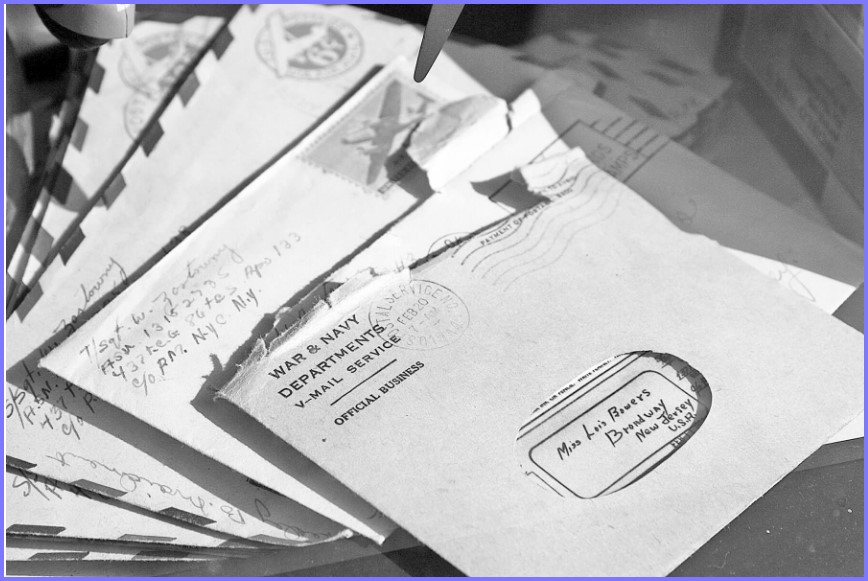



















































































» Disneyland vacation
» UP & COMERS
» WGT POETRY , QUOTES , MOMENTS , & MORE
» Word Genius Word of the day * Spindrift *
» Tales of Miurag #3 in Paperback Patreon Story in December!
» Download WhatsApp
» WORD DAILY Word of the Day: * Saponaceous *
» Word Genius Word of the day * Infracaninophile *
» THE TRUMP DUMP .....
» INTERESTING FACTS * How do astronauts vote from space? *
» WWE Crown Jewel is almost here! Don't miss the action LIVE today only on Peacock!
» NEW GUEST COUNTER
» Merriam - Webster Word of the day * ‘Deadhead’ *
» WWE Universe: Your Crown Jewel Broadcast Schedule has arrived!